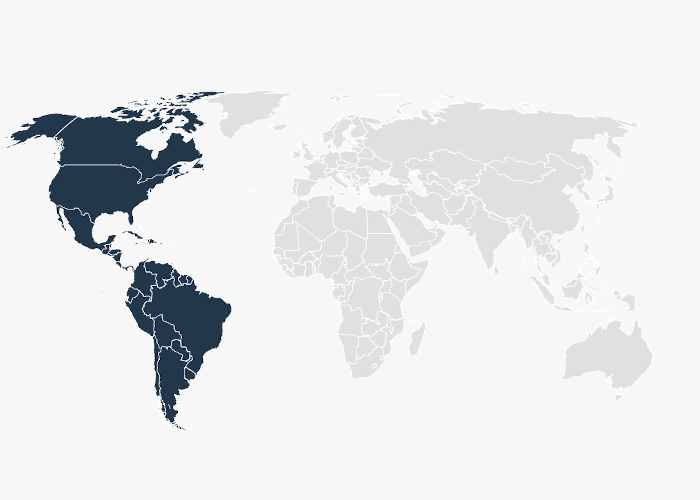2020 was a year of global turmoil and disruption, and Additive Manufacturing in North America was certainly not immune from the pandemic’s effects. To compile this report I spoke to twenty-four market experts across North America in January 2021 – and heard widely varying messages. Some markets prospered; others carried on reasonably normally, with a pause of typically 3 months before returning to at least 2019 levels; some pivoted rapidly away from underperforming segments to other opportunities; and some had little opportunity to adjust, and felt the pain of the worst global economic crisis since the Great Depression.
In Medical, prosperity was the key word, although some reported a nominal three month pause as operations slowed in the spring. End-to-end manufacturing was a key enabler, with vertically integrated manufacturers generally reporting rapidly accelerating demand. The outlook for 2021 was bullish, with the prospect of major medical OEMs beginning to see metal AM as a truly mainstream manufacturing method, rather than a niche technology.
In Aerospace, perhaps the most mixed of all markets, the contrast between the fortunes of rocket manufacturers and commercial aerospace was especially marked. SPACEX demonstrated successful manned flight, with the Crew Dragon flights taking people from the continental US to space for the first time since the Space Shuttle was retired – which was significantly enabled by Additive Manufacturing. Others also prospered, including RELATIVITY, whose $500M Series C raise valued the 3D Printed Rocket company at $2.3B before ever launching a rocket. The capabilities of this industry were also instrumental in support of the COVID emergency, with manufacturers such as VIRGIN ORBIT producing ventilator parts supporting hospital demand. In contrast, the segment of the AM industry serving commercial aerospace was significantly affected. Suppliers such as OERLIKON, ARCONIC and CARPENTER, who had invested in facilities and related resources to support an expected increase in commercial aviation volumes, needed to make significant adjustments for the new reality.
The Automotive industry was quick to pivot to medical assistance, such as PPE and ventilator systems, in the spring of 2020, but quickly returned to an innovation-led recovery later in the year. Several AM services within major automotive groups reported record years for parts production, and made significant progress toward their major goals of supporting both electrification and the shift to production of end-use functional parts.
Looking beyond the parts business, two events in December stood out as being potentially significant leading indicators for 2021 and beyond. On December 10th, DESKTOP METAL went public in a $2.5B deal which, at the time of writing, values them at $6.9B. This renewed interest by public investors to fund Additive Manufacturing is encouraging and could trigger others to provide capital for commercial advancement. The other key event in December was the arrival in Los Angeles of the first commercial twelve-laser system from SLM SOLUTIONS, which was delivered to DIVERGENT3D. Long-anticipated, this arrival has created a significant stir in the market, with the prospect of a further step toward serial production for metal AM. Many of the conversations regarding 2020 mentioned this machine, and similar competitor’s machines in development, with a mixture of hope for a step-change in productivity, grounded by the reality of the time it will take these advanced systems to open up new markets.
Ultimately, what made the difference in 2020? A Unique Selling Proposition, the ability to pivot from underperforming markets, and access to bridge capital to weather the slowdown. What will make the difference in 2021? A Unique Selling Proposition, an ability to continuously identify and adjust to performing markets, and access to growth capital to thrive as global markets recover.


